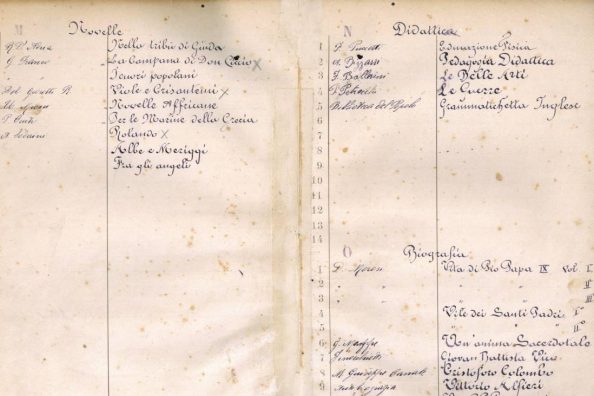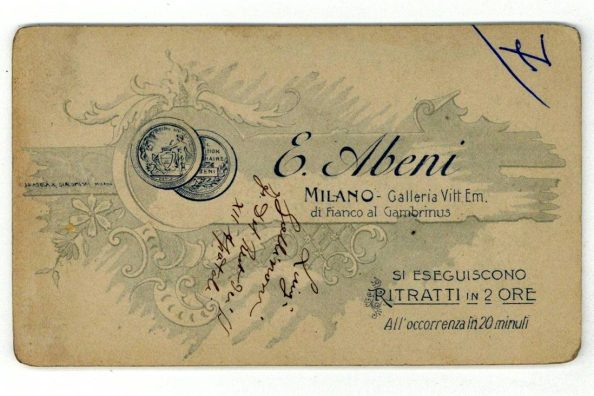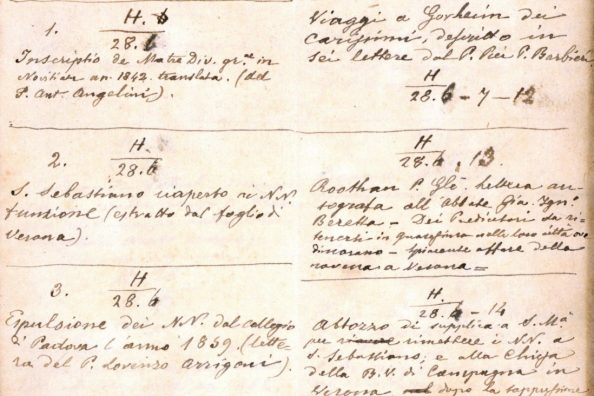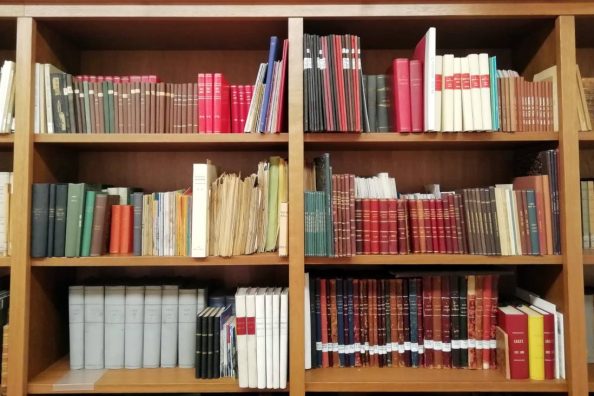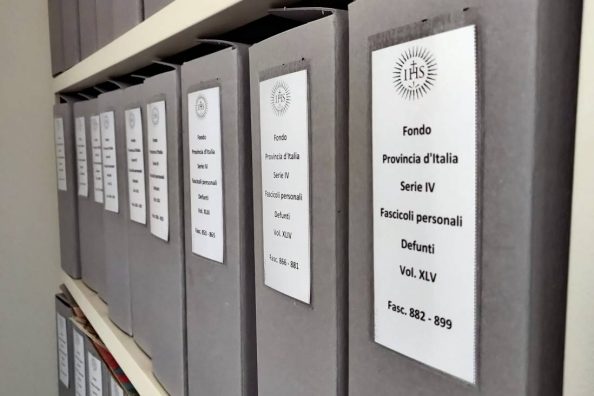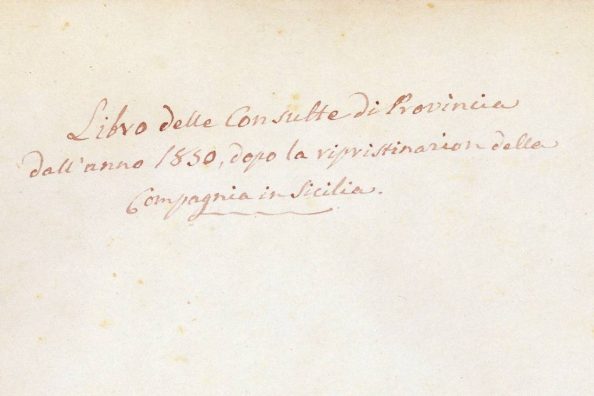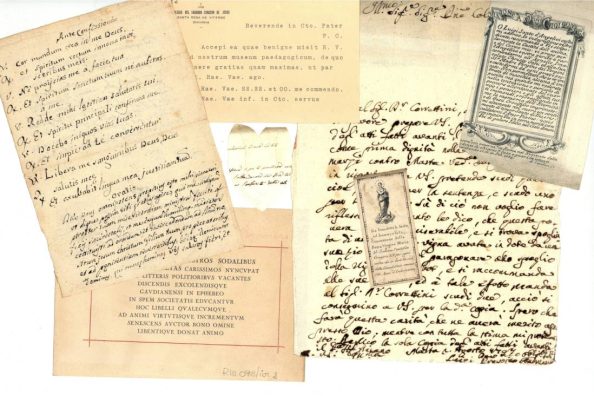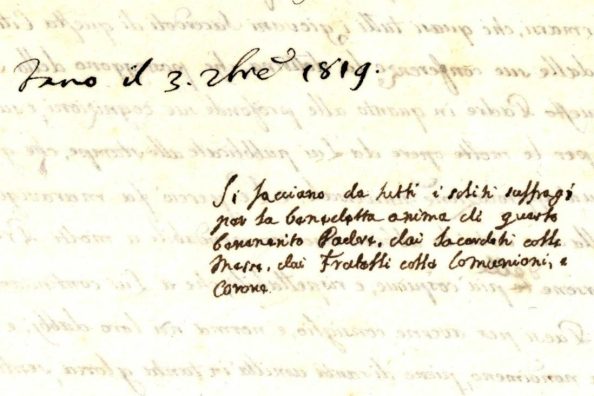The Photographic Heritage of the EUM Historical Archive

The Province has its own very significant photographic heritage, preserved in the Archive. It consists of thousands of photographs. Those depicting residences, places and colleges are very interesting, especially for cities affected by the heavy bombing of the Second World War or by building abuse that led to the destruction of historic quarters.
Photographs are the documentary type that we all have in our homes and it is thanks to them that we have approached the historical memory of our own family and personal memories from an unconscious age. The EUM Province also has its own very significant photographic heritage.
It has always been a very evocative document, capable of restoring a fragment of life, a moment, an image captured forever of people, groups or landscapes. The photographic heritage held in our archive consists of thousands of photographs, but they are not among the favourite sources of researchers, for several reasons.
Photography is a very recent documentary type, the earliest examples date back to the first half of the 19th century, but only towards the end of the century did it become a widespread, though still expensive, medium.
For this reason, modern history researchers specialising in the Old Regime and up to the beginning of the 19th century cannot make use of this source, except for photographs of places taken after the time of their interest. Contemporary history researchers, on the other hand, make much more use of photographs, which can also provide evidence of crucial events such as the First World Wars.
In our archive, however, the photographic holdings, as in many other archives, do not correspond to a single fonds or archival series, since the photographs and albums are kept in the fonds of different producers: exercise houses, colleges, residences, individual Jesuits.
For this reason, there is no single inventory that can facilitate the search for photographs, but it is necessary to check all the inventories, in which these interesting sources are listed. The photographic holdings in our archive consist of thousands of loose photographs and dozens of albums relating to individual houses and colleges, which also testify to the choice made in preserving the photographs, building up a collection for specific occasions.
The photographs kept in the archive, contrary to what is often believed, do not only depict Jesuits or places related to the Society of Jesus. We very often keep photographs of thousands of boarding school pupils, unfortunately not always their names are given, but it is often possible to trace them at the request of family members and through comparison with family photos.
We also have individual photos of boarders sent by their families to their Jesuit professors when they died at the front, testifying to a strong bond that began at school and continued into adulthood, even though many of them died before their twenties. The photos depicting residences, places and boarding schools are very useful and worthy of attention, especially for cities affected by the heavy bombing of World War II or by building abuse that led to the destruction of historic neighbourhoods.
Particularly striking in this regard are the photographs of the various residences and boarding schools in the Neapolitan province, which depict places that often no longer exist or have changed greatly, such as Villa Melecrinis, which was razed to the ground in the 1950s for the urban expansion of the Vomero area.
The photographs allow our researchers to take a trip around the world, while remaining in the study room. Thanks to the photos taken in the mission territories, it is possible to range from Canada in the late 19th century, to China in the 1930s, passing through Brazil, Africa, India in black and white and also in numerous colour shots.
Several photos portray personalities and historical figures visiting Jesuit residences, including Princess Grace of Monaco, who visited the Jesuit residence in the Principality with her consort Prince Rainier III.

Maria Macchi

